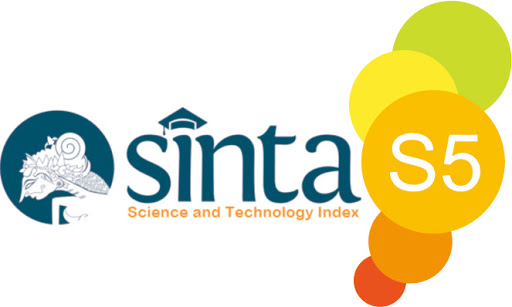ANALISIS RANTAI PASOK KOMODITI RUMPUT LAUT Kappaphycus alvarezii DI KABUPATEN BONE
SUPPLAY CHAIN ANALYSIS OF SEAWEED (Kappaphyus alvarezii) COMODITY IN BONE DISTRICT
DOI:
https://doi.org/10.36526/lemuru.v4i3.2305Keywords:
Supply Chain, Commodities, Kappaphycus alvareziiAbstract
Cultivation activities carried out by the community in several villages in Tonra District are growing, encouraging marketing activities that involve several business actors in the seaweed commodity marketing chain. Business actors in the supply chain have competition in facing the level of cost efficiency of the supply chain that is established in the fishery business, especially seaweed commodities. The lack of efficiency in seaweed supply chain management established in Bone Regency has resulted in volatile prices and not having a standard sales price. The supply chain study in Bone Regency can provide an overview of the established chains and forms of cooperation in seaweed sales. This study aims to examine the supply chain of kappaphycus alvarezii seaweed commodity in Bone Regency. The type of research used is qualitative descriptive research. The data retrieval technique uses snowball sampling technique and purposive sampling technique. Qualitative data analysis methods include; data reduction, data presentation and conclusion drawing. The results showed that business actors involved in the seaweed supply chain in Bone Regency include; producers, collecting merchants, wholesalers and exporters. The flow of products, financial flows and the flow of seaweed information are intertwined in two directions between each business actor who carries out the buying and selling process and the delivery of information related to the selling price of seaweed.
References
Batari, Andi Utami, Sutinah & Sri Suro Adhawati. (2022). Revenue Analysis and Marketing of Seaweed (Kappaphycus alvarezii) in Wajo Regency. International Journal of Environment, Agriculture and Biotechnology. 7(1): 29-38. https://doi/org/10.22161/ijeab
Landazuri-Tveteraas, U., Asche, F., Gordon, D. V., & Tveteraas, S. L. (2018). Farmed fish to supermarket: Testing for price leadership and price transmission in the salmon supply chain. Aquaculture Economics and Management. https://doi.org/10.1080/13657305.2017.1284943
Lelaini, Ika. 2021. Teknik Pengambilan Sampel Purposiv dan Snowball Sampling. HISTORIS; Jurnal Kajian, Penelitian & Pengembangan Pendidikan Sejarah. Vol 6 no 1 Hal 33-39. E-ISSN 2614-1167
Sugiyono. 2013. Metode Penelitian Kuantatif, Kualitatif dan R&D. Bandung: Alfabeta
Teniwut, Wellem Anselmus, Kamilius Deleles Betaubun, M. Marimin, Taufik Djatna. 2020. Mitigasi Rantai Pasok Rumput Laut dengan Pendekatan House of Risk dan Fuzzy AHP di Kabupaten Maluku Tenggara. AgriTech, 40 (3): 242-253. DOI: http://doi.org/10.22146/agritech.27770.
Tsolakis, N. K., Keramydas, C. A., Toka, A. K., Aidonis, D. A., & Iakovou, E. T. 2014. Agrifood supply chain management: A comprehensive hierarchical decisionmaking framework and a critical taxonomy. In Biosystems Engineering. https://doi.org/10.1016/j. biosystemseng.2013.10.014
Downloads
Published
How to Cite
Issue
Section
License
Copyright (c) 2024
This work is licensed under a Creative Commons Attribution-ShareAlike 4.0 International License.











